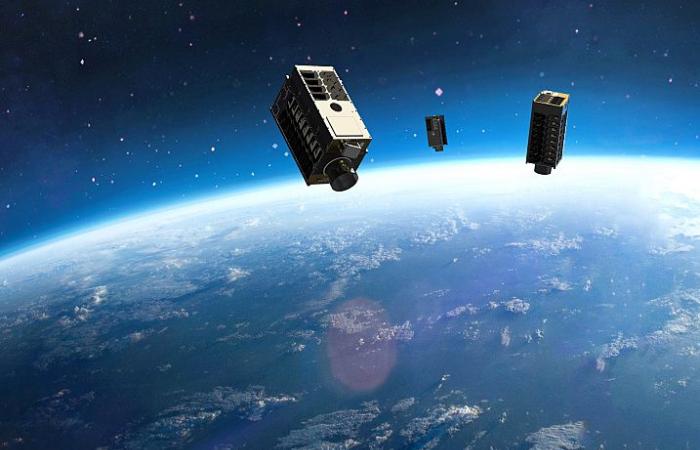Sometimes, one gas can hide another. To achieve their 2030 greenhouse gas emissions reduction targets, countries participating in COP29 in Baku, Azerbaijan, in mid-November will have to tackle methane. According to Montreal-based GHGSat, emissions of this greenhouse gas are “100 times” more damaging to the climate than CO2.
Updated at 12:27 a.m.
“It is increasingly clear that tackling methane emissions is one of the most effective levers possessed by the countries of the planet which will present themselves at COP29 in Baku, if they intend to limit global warming to 1.5°C, as established by the Paris Climate Agreement,” explained the CEO and founder of GHGSat in a press briefing ahead of the UN climate change conference. , Stéphane Germain.
The Montreal SME founded in 2011 monitors GHG emissions almost everywhere on the planet thanks to a network of satellites put into orbit from 2016.
Methane is present in smaller quantities and remains present for a shorter time than carbon dioxide in the atmosphere. A methane molecule remains present in the atmosphere for approximately twelve years, compared to more than 100 years for a carbon dioxide (CO) molecule.2). However, a molecule of methane helps conserve a greater amount of heat than a molecule of carbon dioxide.
Calculated over 100 years, methane has a greenhouse effect 28 times greater than carbon. Over 20 years, this impact is 84 times greater.
Over a shorter period, such as for just five years until 2030, the impact of methane is “100 times greater” than that of CO2concludes GHGSat. “In other words, each ton of methane that we avoid emitting, or that we remove from the atmosphere, has a beneficial impact 100 times greater than for a ton of carbon dioxide,” says Stéphane Germain.
Doubled surveillance
Regardless of the gas chosen, you must be able to adequately calculate your emissions to be able to effectively reduce their presence in the air. This is what GHGSat is doing with a constellation of around ten satellites, which will include nine more by 2026.
The company plans to grow its constellation to better identify and monitor methane emissions sites around the world. Because despite the targets and action plans, it seems that methane emissions are increasingly numerous and significant, on a planetary scale.
During 2023, GHGSat devices counted 16,000 sites spread across 85 countries where emissions exceeded 100 kilograms of methane per hour, a threshold at which the source is considered a “super-emitter”. Since COP28, i.e. since mid-December 2023, GHGSat says it has spotted more than 20,000 of these super-emitting sources.
Unlike carbon dioxide, which is closely associated with the energy sector, methane sources are scattered almost everywhere. In Canada, landfills and mining sites, including those in Quebec, are among the largest emitters of methane, GHGSat discovered.
With its data, the Montreal company hopes to convince industries and countries that are the main emitters of methane to tackle the problem more seriously. GHGSat recalls that last March, 158 countries signed a Global Methane Commitment whose objective is to reduce global emissions of this greenhouse gas by 30% below 2020 levels.
We will have to act quickly, concludes Stéphane Germain, because as he says himself, “the clock is ticking quickly”.






